
‘Overwintering’ in nature: a matter of survival for animals & plant life
How have you adapted to the harsh realities of winter? Maybe you’ve half- or partially hibernated in your home with a stack of blankets and a hot beverage or two? Many animals have a similar approach, sans the lattes. In this article, learn how animals go about “overwintering” in nature as a matter of survival, and see how this process applies to plant life as well.
Hibernators and brumation artists
A few animals practice overwintering by hibernating and entering a state of dormancy. The slowing-down process for reptiles and amphibians is called brumation.
Time to relax, Marmota monax
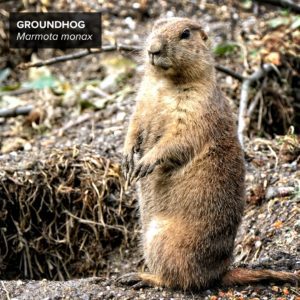 Much like bears, groundhogs (aka, Eastern woodchucks, whistle-pigs, Marmota monax) hibernate during the winter. Instead of retreating to a cave or hollowed-out tree, these mammals spend their time in burrows they dig for themselves. While there’s little activity in the burrows, there’s a lot going on physiologically with groundhogs once they’ve entered a state of torpor, or deep sleep. Their body temperature drops from 99⁰F to around 30⁰F and all bodily functions slow dramatically, including their respiration and heart rate.
Much like bears, groundhogs (aka, Eastern woodchucks, whistle-pigs, Marmota monax) hibernate during the winter. Instead of retreating to a cave or hollowed-out tree, these mammals spend their time in burrows they dig for themselves. While there’s little activity in the burrows, there’s a lot going on physiologically with groundhogs once they’ve entered a state of torpor, or deep sleep. Their body temperature drops from 99⁰F to around 30⁰F and all bodily functions slow dramatically, including their respiration and heart rate.
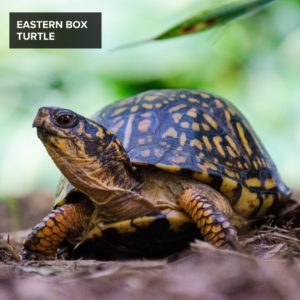
Sluggish snakes and turtles
Garter snakes stay awake, but they become more sluggish to conserve body heat. They look for a warm place to settle below the frost line in landscapes, such as an abandoned animal burrow. They return to the same hibernaculum each year, sometimes with hundreds of other snakes.
Box turtles also slow down significantly in winter, digging down into loose soil or leaf litter to escape the cold. As temperatures drop and the ground begins to freeze, they burrow deeper to stay below the frost line. Box turtles may emerge on warmer days to forage before retreating back into their shelter.
Pollinators as hibernators
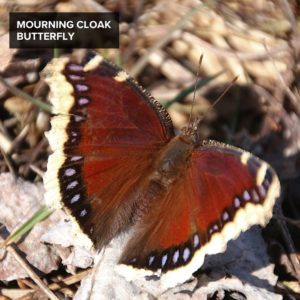
Mourning Cloak butterflies are among the few butterflies that spend the winter in their adult form. They hibernate under loose bark on trees, log piles, or leaves. Unlike most butterflies that feed from flowers, the Mourning Cloak prefer tree sap, rotting fruit, and animal droppings—resources that are more available at the start of spring.
Another winged hibernator is the Queen bumblebee, the only member of her colony to survive the winter. They hibernate alone underground, living on fat reserves. As the weather warms, they emerge from the ground to establish a new colony, starting the cycle anew.
Half-hibernators, half-foragers

Striped skunks go into a torpor state in colder months but awaken for brief periods. They emerge from their deep sleep whenever the weather is nice or they need food. These animals prefer to occupy others’ spaces, like a porch shed or an abandoned burrow.
Muskrats are also big sleepers in the winter with small spurts of activity. While they spend most of the season in the lodges they’ve dog out in the banks of creeks, they wake to actively feed. They support their winter foraging with the “push-ups” they’ve made from reeds and cattails in the fall season. These function as platforms under frozen ponds where they can catch their breath and eat their food.
Other crafty winter creatures
Many animals get crafty when overwintering by tapping into a combination of physical and behavioral adaptations. Some do this under water, while others survive under snow (subnivean zone) or leaf litter. There are also animals that nest away in trees and plants or create their own safe environments.
- Underwater warriors: Painted turtles spend winter underwater with temperatures staying constant. They breathe through their skin, using the lining of their mouths, legs, and cloaca (posterior). Largemouth bass slow down and eat less and do not spend energy catching fast-moving bait. They move to deeper waters in the cold months and often bunch together with other bass. Rainbow darters and golden shiners are small fish that are able to hide under leaf litter and around roots and logs in the water.
- Leaf and log dwellers: Woolly bear caterpillars (woolly worm, fuzzy bear) and sow bugs (roly-poly, pill bug) hide out under leaf litter. The caterpillars are ultimate survivors that can endure temperatures as low as -90⁰F. They do this by creating a natural antifreeze called glycerol that helps keep their internal organs from freezing. Spring peepers snuggle up in leaves or under a log that’s close to water. Ladybugs leave their feeding grounds in the fall to overwinter under leaves, inside logs, or in plant stems. Ladybugs also tend to find warm spots in and around houses. They form huddles in the hundreds or thousands to stay warm.
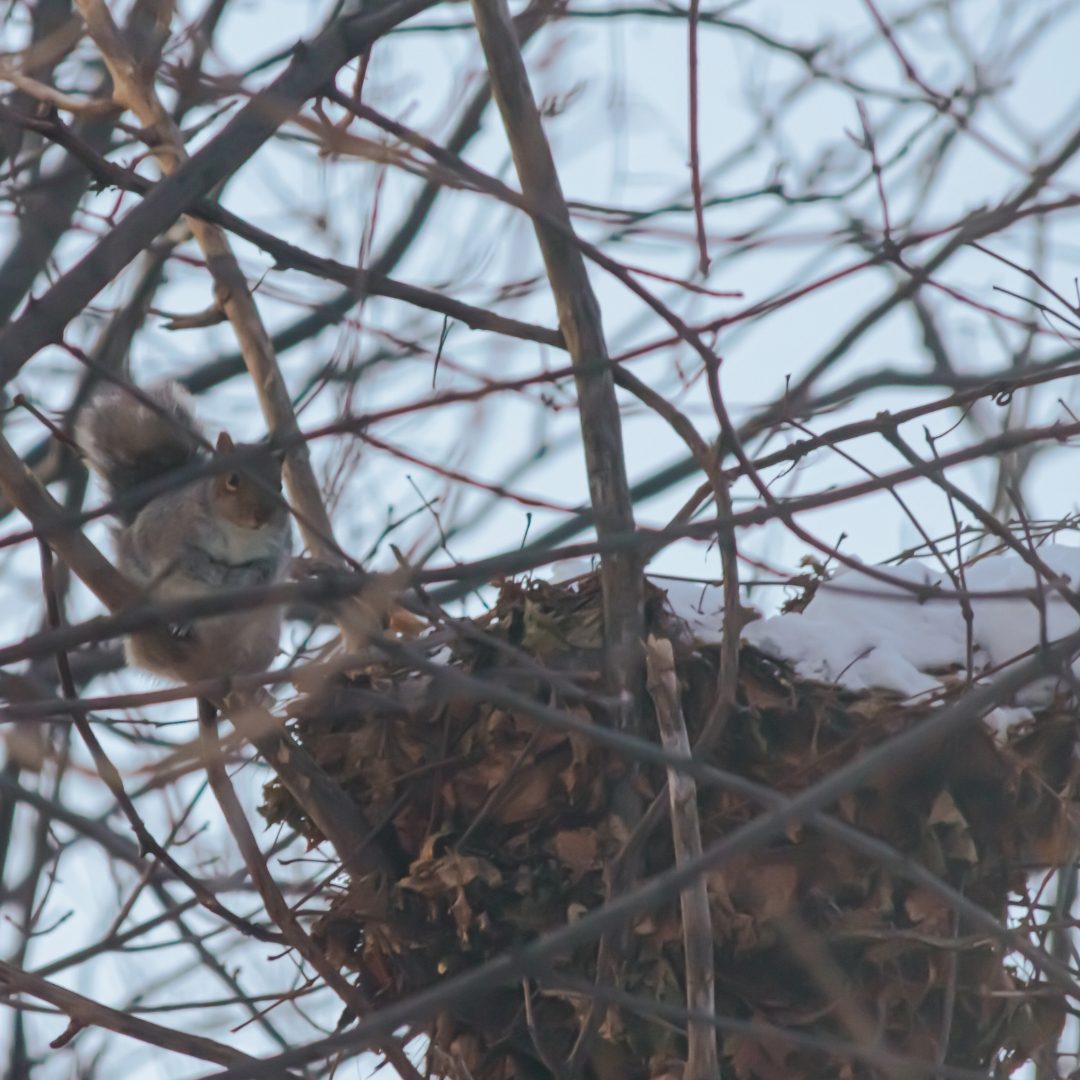
- Tree and cavity nesters: Squirrels seek shelter in nests called dreys. They build these nests high up in trees using leaves and sticks. They sometimes curl up with other squirrels in the dreys or use their tails to stay warm. Small carpenter bees are solitary cavity nesters. When winter arrives, they hide away in narrow, hollow plant stems like goldenrod or beebalm. Inside the stem, they are inactive until they emerge in the spring.
- Cocoon builders: Polyphemus moths survive the winter season in a cocoon of their own making. They use silk to wrap a leaf tightly around the cocoon, which protects them from cold temperatures and predators.
Protection for insect offspring
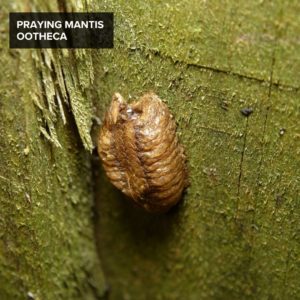 Praying mantis, fireflies, wheel bugs, luna moths, and goldenrod gall flies do not survive the winter, but their offspring do. Praying mantis pass on their genes by laying thousands of eggs in ootheca, a protective casing. The mantis insects reinforce their eggs with a foamy substance that hardens, offering an encasement.
Praying mantis, fireflies, wheel bugs, luna moths, and goldenrod gall flies do not survive the winter, but their offspring do. Praying mantis pass on their genes by laying thousands of eggs in ootheca, a protective casing. The mantis insects reinforce their eggs with a foamy substance that hardens, offering an encasement.
In their pupa form, luna moths roll their cocoon in a leaf, like a sleeping bag. This keeps them warm and hides them from hungry animals. Goldenrod gall flies spend their winters as a larva, inside a ball of woody plant material called a gall. The galls are created when the larvae feed on the stem and produce a spit that signals the plants to grow more cells.
Plant overwintering strategies
Some species of plants, especially perennials, enter dormancy in the winter. Similar to hibernation in animals, the plant’s growth tapers off or stops to conserve energy. Some plants produce a protective covering like a thicker bark to help them survive the season. Adaptations and properties within plant tissues such as antifreeze proteins can help them endure freezing conditions (National Institutes of Health, 2014).
What we can learn from nature’s adaptations
Slowing down can yield many benefits in the wintertime and throughout the year. Read our recent article on mindfulness in nature to learn more. There’s also something to be said for nestling into new strategies for making the best of the season, as part of a huddle or on your own.
Nature has amazing ways of adapting to challenges, and so do we humans—especially when we realize spring is around the corner.
